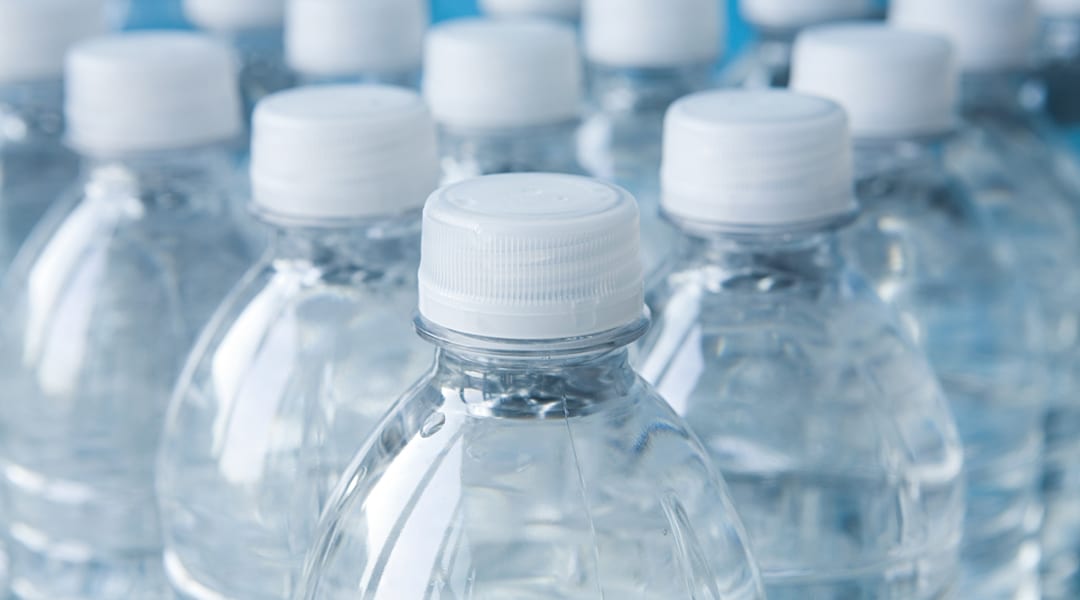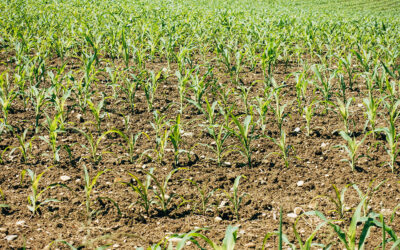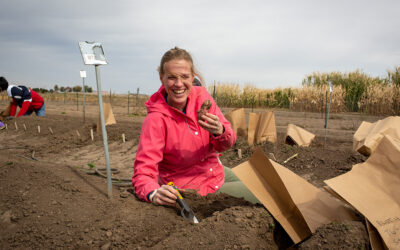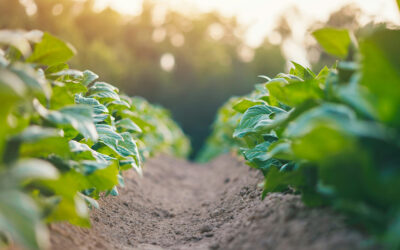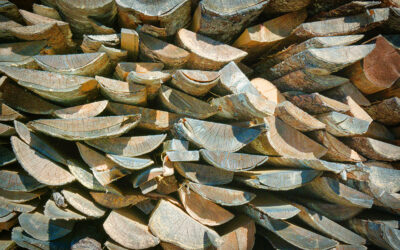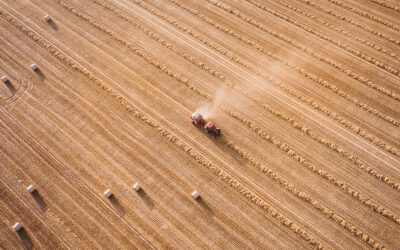From the 1940s until 2015, while the French population grew 60%, the bottled water per capita consumption grew 2,350%, from 6 liters to about 140 liters per person, per year. These figures rank France as one of the biggest bottled water markets in the world. Contrary to other top water markets, most of France’s population has access to good quality tap water, which is trusted and consumed by most of its citizens. This article explains this paradox, analyzing the creation and development of the French bottled water market. Based on data on the history of mineral water, marketing and consumer behavior, the paper describes the origins and development of this market, highlighting the most important historical events and laws that created the economic and political conditions that shaped its structure and regulation.
A focus article that is published in WIREs Water describes the influence of food and beverage groups like Nestlé, Danone, and Group Castel/Alma (Neptune), demonstrating how these companies radically reshaped the market structure through aggressive strategies of merger and acquisitions of smaller companies and their brands. The article also examines how their marketing strategies and actions transformed the cultural meaning of water, gradually shifting from a banal, life-essential good into a commodity that connects to a range of different cultural images, lifestyles, and changing consumers’ tastes and behavior.
The relevance of the article goes beyond a simple description of how a bottled market of one country was created. It also discusses how bottled water markets are relevant to broader discussions about water politics and policy.
Kindly contributed by Vinicius A. Brei.

